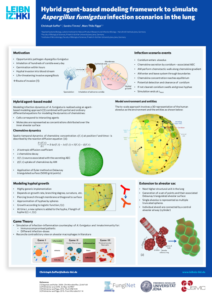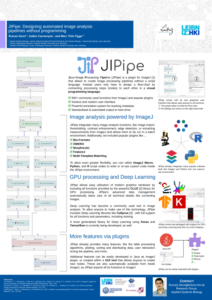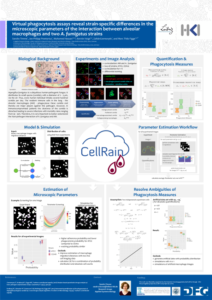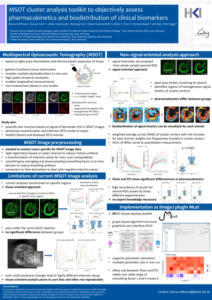In this study we investigate receptor–ligand binding in the context of antibody–antigen binding. We established a quantitative mapping between macroscopic binding rates of a deterministic differential equation model and their microscopic equivalents as obtained from simulating the spatiotemporal binding kinetics by a stochastic agent-based model. Furthermore, various properties of B cell-derived receptors like their dimensionality of motion, morphology, and binding valency are considered and their impact on receptor–ligand binding kinetics is investigated. The different morphologies of B cell-derived receptors include simple sperical representations as well as more realistic Y-shaped morphologies. These receptors move in different dimensionalities, i.e. either as membrane-anchored receptors or as soluble antibodies. The mapping of the macroscopic and microscopic binding rates allowed us to quantitatively compare different agent-based model variants for the different types of B cell-derived receptors. Our results indicate that the dimensionality of motion governs the binding kinetics and that this predominant impact is quantitatively compensated by the bivalency of these receptors.
Model for antigen binding by B cell-derived receptors
Publications
pyPESTO: a modular and scalable tool for parameter estimation for dynamic models.
Schälte Y*, Fröhlich F*, Jost PJ*, Vanhoefer J*, Pathirana D, Stapor P, Lakrisenko P, Wang D, Raimúndez E, Merkt S, Schmiester L, Städter P, Grein S, Dudkin E, Doresic D, Weindl D, Hasenauer J#
Summary: Mechanistic models are important tools to describe and understand biological processes. However, they typically rely on unknown parameters, the estimation of which can be challenging for large and complex systems. pyPESTO is a modular framework for systematic parameter estimation, with scalable algorithms for optimization and uncertainty quantification. While tailored to ordinary differential equation problems, […]
Quantitative analysis of peroxisome tracks using a Hidden Markov Model.
Svensson CM*, Reglinski K*, Schliebs W, Erdmann R, Eggeling C#, Figge MT#
Diffusion and mobility are essential for cellular functions, as molecules are usually distributed throughout the cell and have to meet to interact and perform their function. This also involves the cytosolic migration of cellular organelles. However, observing such diffusion and interaction dynamics is challenging due to the high spatial and temporal resolution required and the […]
Contribution of Radixin and Ezrin to the maintenance of hepatocytes’ excretory function in health and disease.
Dellbrügge F, Jesse LD, Medyukhina A, Liu N, Neugebauer S, Freißmuth M, Höppener S, Figge MT, Morrison H, Riecken LB, Press AT#
Background & aimsExcretory liver failure is frequently associated with poor prognosis in critically ill patients. It is characterized by the loss of canalicular membrane export pumps at the hepatocyte membrane. The membrane export pump Multidrug resistant-associated protein (MRP) 2 is pivotal in hepatocytes for brushed membrane morphology and transport of various metabolites. In addition, MRP2 […]









